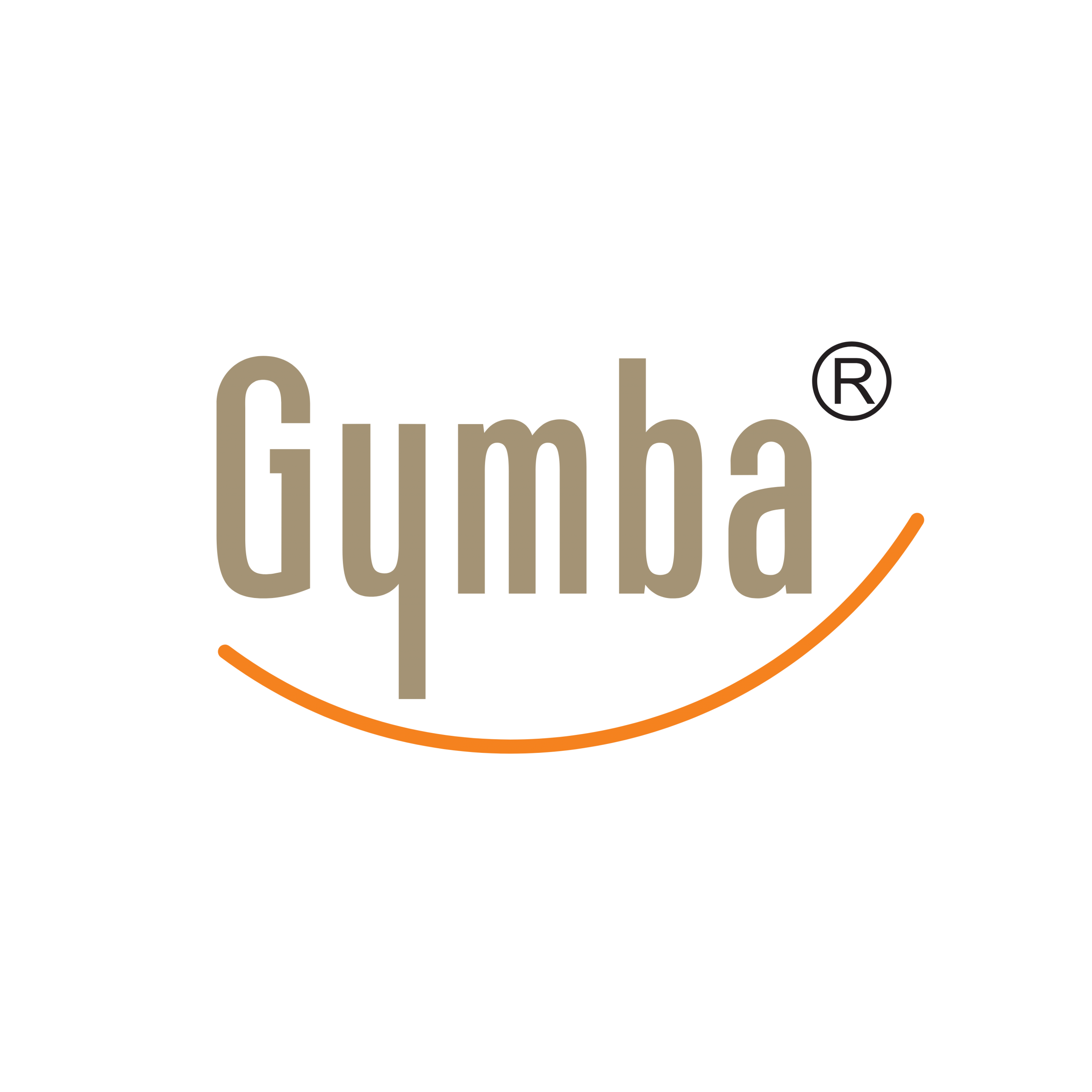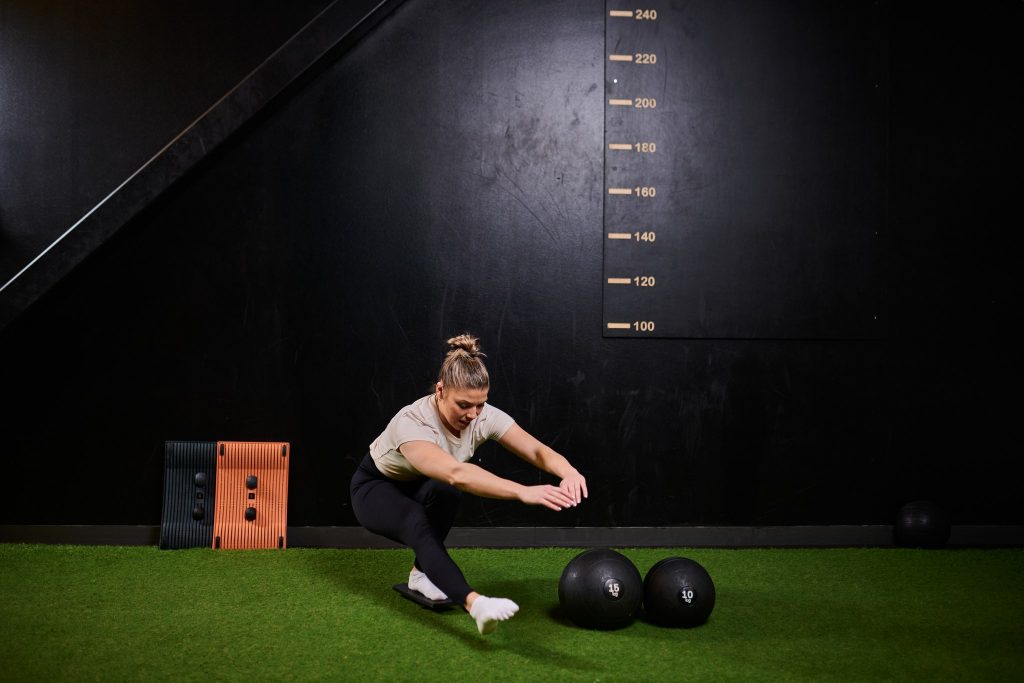Balance training is often overlooked in fitness regimens, yet it forms the foundation for athletic performance across virtually all sports and activities. Whether you’re a professional athlete seeking a competitive edge or someone recovering from injury, targeted balance exercises can dramatically improve your stability, coordination, and overall performance. The right balance training tools can make these exercises more effective by creating controlled instability that challenges your body’s proprioceptive system.
Our Gymba Balance Board MINI offers versatile functionality for balance training at all levels. The compact design makes it perfect for targeted exercises that develop ankle stability, core strength, and neuromuscular coordination. From rehabilitation to high-performance training, these five balance drills will help you integrate effective balance work into your existing routine.
Single-leg balance challenge for improved stability
The foundation of athletic performance begins with single-leg stability. This exercise progressively trains your proprioceptive system while strengthening the small stabilizing muscles in your ankles and feet.
Start by placing the Gymba Balance Board MINI on a non-slip surface. Position your dominant foot centrally on the board, keeping your knee slightly bent. Lift your other foot completely off the ground and find your balance point. Keep your gaze fixed on a point directly in front of you to help maintain stability.
For beginners, simply holding this position for 20-30 seconds constitutes an effective workout. As you progress, try these variations:
- Close your eyes to remove visual feedback and increase difficulty
- Perform small knee bends while maintaining balance
- Add arm movements to create additional balance challenges
- Transition between legs with minimal ground contact
This exercise significantly improves ankle stability by training the muscles and tendons to respond quickly to unstable surfaces. The benefits extend beyond injury prevention to enhanced agility and movement control in sports requiring quick directional changes.
Dynamic core strengthening movements
Core stability provides the foundation for all athletic movements, and incorporating balance challenges amplifies these benefits. These exercises target your deep stabilizing muscles rather than just the visible abdominal muscles.
Begin in a plank position with your forearms on the ground and the Gymba Balance Board MINI positioned under your feet. Maintain a straight line from head to heels while balancing on the board. Hold this position for 30 seconds, focusing on keeping your core engaged and your body stable.
To intensify the workout, add these progressions:
- Alternate lifting each leg for 5 seconds while maintaining balance
- Perform small rotational movements by slightly twisting your hips
- Move the balance board from feet to hands for an advanced challenge
These exercises engage your transverse abdominis and multifidus muscles—key stabilizers that support your spine during dynamic movements. Athletes in rotational sports like tennis, golf, and martial arts will particularly benefit from these movements, as they develop the core control essential for powerful, controlled rotation.
Rehabilitation sequences for lower limb injuries
Recovering from ankle, knee, or hip injuries requires rebuilding proprioception and neuromuscular control. These therapeutic exercises support safe return to activity by progressively challenging the healing tissues.
For early rehabilitation stages, begin with partial weight-bearing. Place the Gymba Balance Board MINI on the floor and position your injured foot on it, applying only as much weight as is comfortable. Support yourself with a chair or wall if needed. Gently shift your weight in small, controlled movements for 1-2 minutes.
As recovery progresses:
- Gradually increase weight-bearing on the injured limb
- Perform small circular movements in both directions
- Practice transferring weight from heel to toe while balancing
- Add controlled reaches with the non-standing leg
These movements help re-establish proper movement patterns while the unstable surface gently challenges healing tissues. The controlled instability stimulates the mechanoreceptors in your joints, helping your nervous system relearn proper movement patterns—crucial for preventing re-injury.
Targeted foot therapy with acupressure technique
The often-neglected feet contain numerous trigger points that, when properly stimulated, can relieve tension throughout the entire body. The Gymba Balance Board MINI provides an effective tool for addressing plantar fascia tightness and foot discomfort.
Turn the balance board upside down to access the stationary massage balls. Begin by placing the arch of your foot directly over the massage points, applying gentle pressure. Gradually increase pressure as comfortable, holding on tender spots for 20-30 seconds.
For comprehensive foot therapy:
- Work methodically from heel to toe, addressing all plantar regions
- Use small circular movements over particularly tight areas
- Apply steady pressure on acupressure points for 20-30 seconds
- Finish with gentle stretching of the toes and ankle
This technique improves blood circulation to the feet while releasing tension in the plantar fascia. For athletes, especially runners and those in sports requiring quick footwork, this therapy can prevent foot pain and improve performance by enhancing foot flexibility and responsiveness.
Advanced movement patterns for athletic edge
Elite performers require complex movement challenges that simulate sport-specific demands. These advanced drills combine multi-directional movements with balance challenges to develop superior body control.
Start in the single-leg balance position on the Gymba Balance Board MINI. While maintaining balance, perform lateral reaches with your arms, simulating sport-specific movements. For basketball players, this might include shooting motions; for martial artists, controlled striking patterns.
To create championship-level challenges:
- Add light resistance bands for upper body movements
- Incorporate catching and throwing while balancing
- Perform rapid direction changes with controlled movements
- Practice sport-specific technical elements while maintaining balance
These integrated movement patterns bridge the gap between isolated training and actual performance. By challenging your balance systems while executing sport-specific movements, you develop the neuromuscular coordination essential for high-level athletic performance under competitive conditions.
Incorporating these five balance drills into your training regimen provides comprehensive development of the stabilizing systems that underpin athletic performance. From rehabilitation to elite training, the Gymba Balance Board MINI offers scalable challenges suitable for any fitness level. Begin with the basics and progressively increase difficulty as your balance capabilities improve. Consistent practice of these exercises will translate to improved performance across virtually all physical activities and sports.

